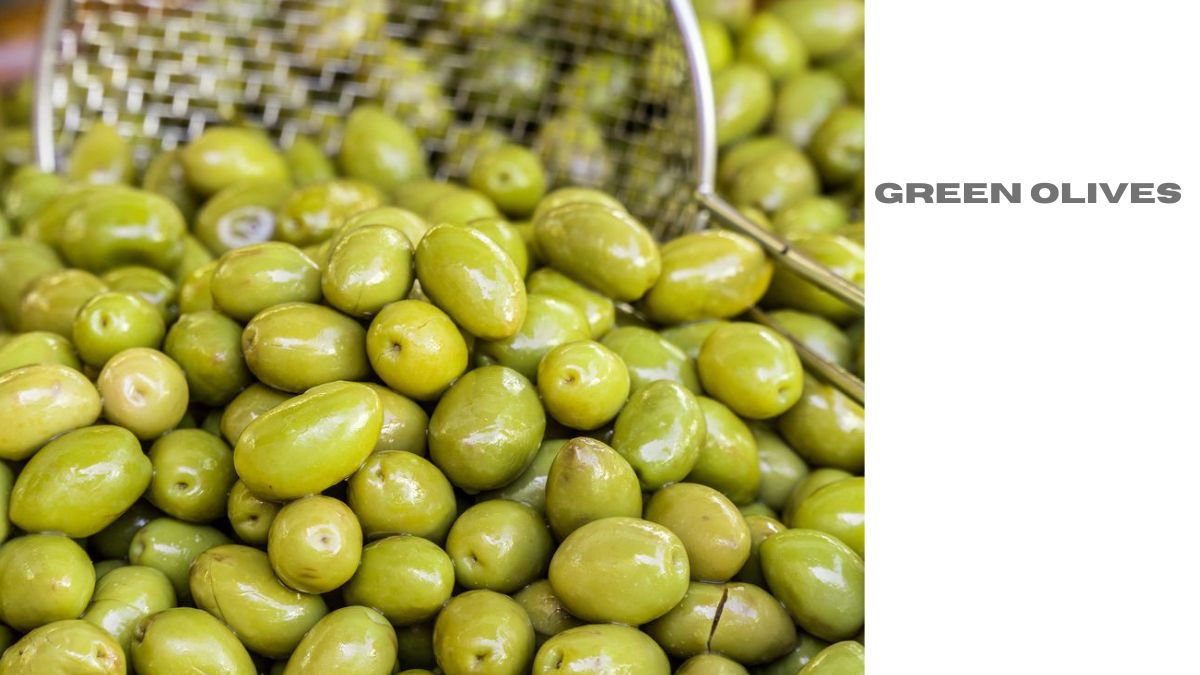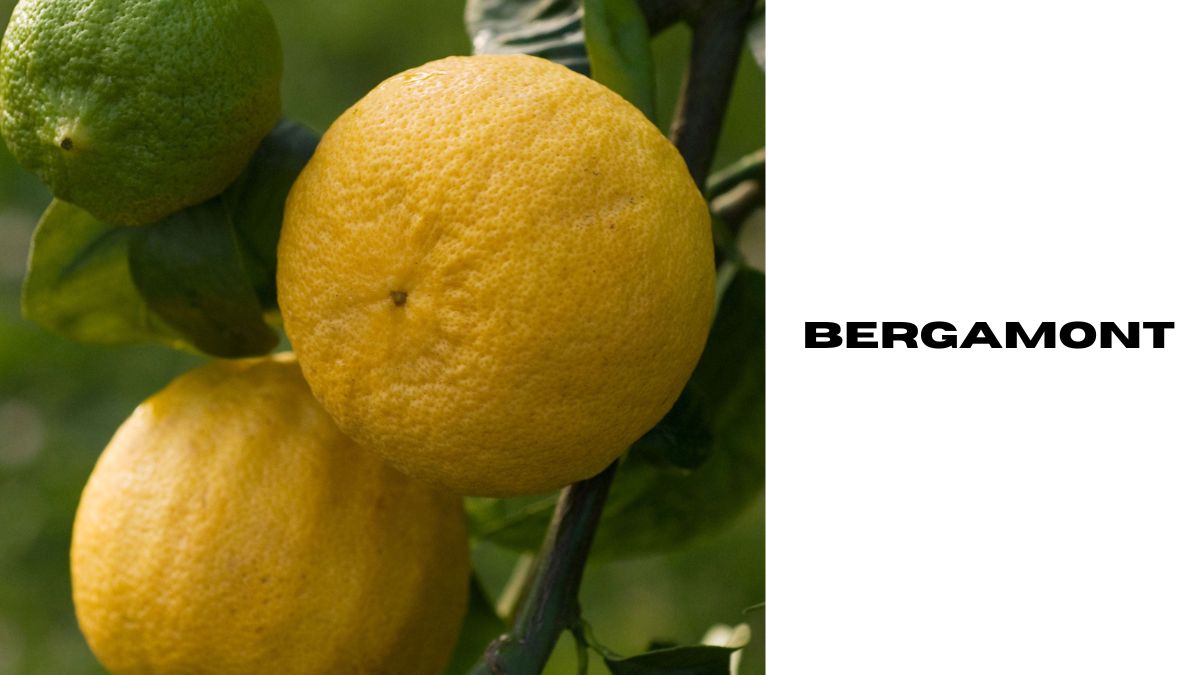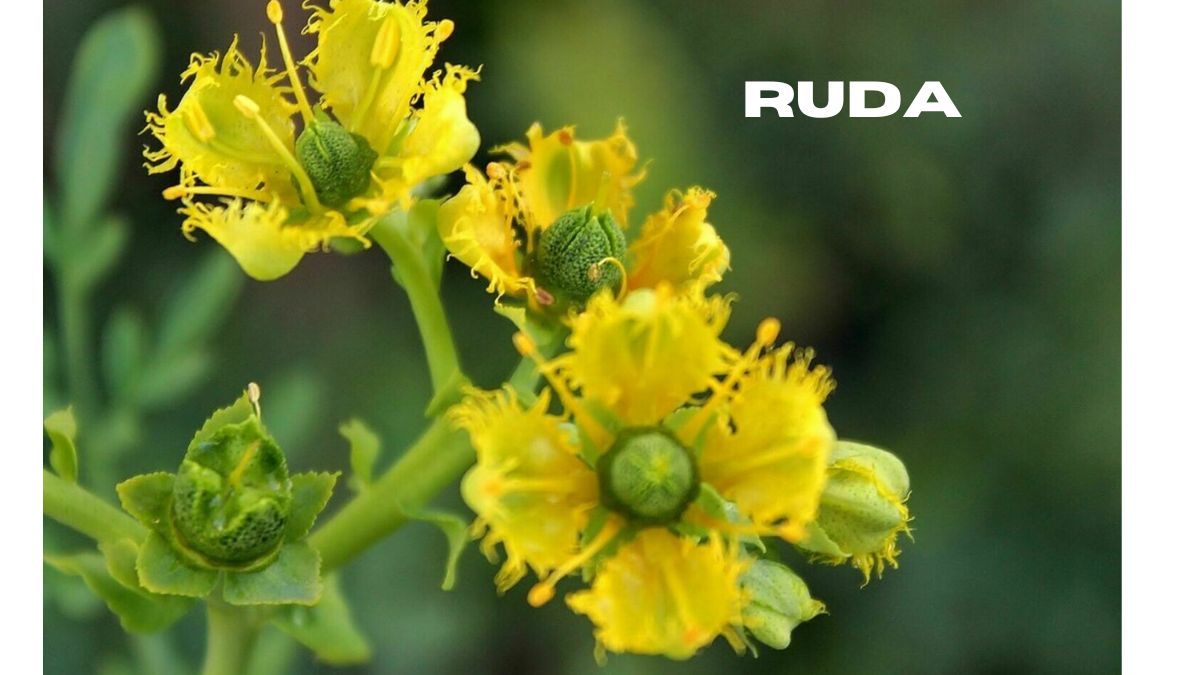Houseplants
Does Pothos Like to Be Misted? (Answered)

Pothos plants are one of the most popular houseplants on the market. They’re easy to care for and can grow in a variety of environments, making them perfect starter plants for new plant parents.
But just because they’re so easy to take care of doesn’t mean that pothos doesn’t need any help! In fact, pothos plants do best when they’re misted regularly with water or fertilizer spray.
I know what you’re thinking: isn’t watering enough? While watering is important, misting helps your pothos thrive by keeping their leaves clean and moisturized so they can absorb sunlight more easily (and photosynthesis is how all plants produce energy).
If you want your pothos to reach its full potential, then here are some tips about how often you should mist your plant.
What Is a Pothos Plant, and What Are Its Care Requirements?
Pothos plants and their cousin’s philodendron and spathiphyllum are “the three that don’t like to be misted.” For decades, these plants have been recommended as easy-to-grow houseplants because they do not require a lot of care. However, many people have found that the three do not like to be misted, which can cause harm to more than just the plant itself.
You might think this is an outdated myth about pothos plants (and maybe even some of its cousins). But it turns out there’s some truth behind it: Pothos do best without misting that they grow better in moist conditions than dry ones—not necessarily because they need less water overall.
And since you’re likely using tap water instead of distilled or rainwater and your indoor air is dryer than outdoors anyway, there’s no point in watering your pothos every day or week with tap water just so it looks good; if anything at all, it will look worse!
Related Post: Do Houseplants Give Off Oxygen? (Answered)
How to Tell if Your Pothos Needs to Be Misted
If you want to find out if your pothos needs misting, look at its leaves. Pothos plant leaves should be dark green, glossy, smooth and shiny, with no yellow or brown spots on them. They shouldn’t be dried out and they shouldn’t be curling up either.
Tips for Misting your Pothos
While misting is not a substitute for proper watering, it can certainly help to keep your plants looking fresh. To do this effectively, you’ll need to make sure that you have the proper equipment on hand. Make sure you are using a plant mister designed for plants and not the kind used for indoor plants or other uses. A plant mister produces fine droplets of water which are better absorbed by the plant than a spray from an ordinary hose or faucet would be.
Misting should be done in the morning when temperatures are cool and humidity levels are high (during summer months). Misting helps increase humidity levels as well as provide additional moisture to prevent leaves from drying out too much during hot days when transpiration rates are higher due to heat stress conditions caused by high temperatures and dry air currents flowing through windows or vents around buildings which lead directly into homes where people spend most of their time during work hours while commuting home after work only get 20 minutes before dinner starts so they don’t want anything else going on because then they’ll miss out on all those precious moments together with friends family members etcetera
What to Do if You Over-Misted Your Plant
Don’t worry; you can fix it!
- Do not water your pothos for a few days. This will help the leaves recover from being over-watered. If the plant has a lot of leaves, you can trim them back to where they were before the misting incident.
- If there are only a few leaves left on your pothos after over-misting—or if you don’t see any at all—you’ll want to remove them entirely and start fresh with new ones that aren’t damaged.
Related Post: Are Eggshells Good for Houseplants? (Answered)
Does Golden Pothos Like to Be Misted?
Misting your pothos is a great way to keep the plant healthy and hydrated, but you may wonder if your pothos plant likes it. The answer is yes! Pothos plants love to be misted and will often thrive when their leaves are regularly sprayed with water.
Just be sure not to overdo it, as too much moisture can lead to leaf drop or fungal problems. When in doubt, err on misting less rather than more.
Does Satin Pothos Like to Be Misted?
Satin pothos plants are very similar to golden pothos in their care needs, which means they also enjoy being misted. Misting your satin pothos will help to keep the leaves healthy and hydrated and can also help to prevent problems like leaf drop.
Make sure you don’t overdo it when you mist your plants. If you mist them too much, it can cause fungal problems. So if you’re not sure, it’s better to mist them less than more.
Does Neon Pothos Like to Be Misted?
The neon pothos plant is another variety of pothos that likes to be dampened. Misting your neon pothos can benefit the leaves by keeping them healthy and hydrated and preventing issues like leaf drop.
Be careful not to overdo it; too much moisture can cause fungal infections. When unsure, err on the side of less rather than more mists.
Additional Tips for Taking Care of Your Pothos Plant
Here are some additional tips for taking care of your pothos plant:
- Use a spray bottle. If you want to mist your pothos, the best way is to just use a spray bottle filled with water. You can also use any other type of small sprayer, such as one that’s used for plants or cleaning.
- Use a mister. Another option is to use an electric mister (also known as an “air-plant mister”). These devices come in many shapes and sizes, but all work by spraying small droplets onto the leaves and stems of your plant. This can be helpful if you have trouble aiming or holding up heavy watering cans, but it does mean spending extra money on equipment that might not be necessary if all you need is misting capability!
- Use a water bottle or drinking glass without ice cubes inside—not recommended! The reason why doing this is not recommended is because when ice melts it will leave behind salt residue from whatever container was used before rehanging it around room temperature again so it drips into soil below leaving deposits behind which may kill roots over time; this could lead up to yellowing foliage due its inability–due lack nutrients–of properly performing photosynthesis which takes place primarily through chlorophyll molecules within cells called chloroplasts located therein only visible under microscope equipped with UV light source
Related Post: How to Fix a Leaning Houseplant: The Best Fixes & Tips
Misting Is Not a Cure-All for Plant Problems, but It Can Help Your Plant Thrive
Misting is not a cure-all for plant problems but can help your plant thrive. Mist your pothos when it is hot and dry, or when you notice the leaves drying out. You should also mist if the weather is very cold (below 40°F) or very humid (above 70%).
Mist your pothos lightly, not drenching it in water. If you have a hose attachment, use that to spray from above so that all of the leaves get enough moisture at once.
Conclusion
In summary, misting is not a cure-all for plant problems. There are many reasons your pothos might need more help than misting alone can provide.
But if you follow these tips and check on your plant regularly, it should be able to thrive with minimal intervention from you.
Houseplants
Green Olives: A Versatile and Nutrient-Packed Addition to Your Diet

Green olives, with their tangy flavor and firm texture, are a staple in Mediterranean cuisine and have been enjoy for centuries. Beyond their culinary appeal, these little green gems pack a nutritional punch and offer a plethora of health benefits. From their antioxidant properties to their role in promoting heart health, green olives are a versatile ingredient that can enhance both the flavor and nutritional value of your meals.
Nutritional Value of Green Olives
Calories and Macronutrients
Green olives are low in calories but rich in healthy fats, making them a satisfying and nutritious snack option. A serving of ten green olives contains approximately 50 calories and 4 grams of fat, primarily monounsaturate fats, which are known for their heart-healthy benefits.
Micronutrients
In addition to healthy fats, green olives are a good source of vitamin E, iron, and copper. These micronutrients play vital roles in supporting immune function, energy production, and overall health.
Health Benefits of Green Olives
Rich in Antioxidants
Green olives are pack with antioxidants, such as oleuropein and hydroxytyrosol, which help protect cells from damage caused by free radicals. These compounds have anti-inflammatory properties and may reduce the risk of chronic diseases.
Heart Health
The monounsaturated fats found in green olives have been linked to a reduced risk of heart disease by lowering LDL (bad) cholesterol levels and improving blood vessel function. Incorporating green olives into a balanced diet may help support cardiovascular health.
Cancer Prevention
Some studies suggest that the antioxidants in green olives may have anticancer properties, potentially inhibiting the growth of cancer cells and reducing the risk of certain types of cancer, including breast and colon cancer.
Improved Digestion
Green olives contain fiber, which promotes healthy digestion by adding bulk to stool and facilitating regular bowel movements. Additionally, the healthy fats in olives may help lubricate the digestive tract and prevent constipation.
Culinary Uses of Green Olives
Green olives add depth of flavor and a burst of briny goodness to a variety of dishes. From salads and appetizers to main courses and snacks, there are countless ways to incorporate green olives into your culinary repertoire.
Salads
Add chopped green olive to Mediterranean-inspired salads for a pop of color and flavor. Their salty tang pairs well with fresh vegetables, feta cheese, and a drizzle of olive oil.
Appetizers
Stuff large green olive with cream cheese or goat cheese for an elegant appetizer that’s sure to impress your guests. Wrap them in prosciutto for an extra layer of flavor.
Main Courses
Use sliced green olive to elevate pasta dishes, such as puttanesca or pasta primavera. Their briny flavor adds depth to sauces and complements the richness of meats and seafood.
Snacks
Enjoy green olive on their own as a satisfying and nutritious snack. Pair them with whole-grain crackers or raw vegetables for a balanced snack that will keep you feeling full and energized.
Types of Green Olive
Spanish Green Olive
Spanish green olive are known for their firm texture and slightly bitter flavor. They are often marinate in olive oil and herbs to enhance their taste.
Greek Green Olive
Greek green olive are brined rather than cured, giving them a milder flavor and a softer texture. They are commonly used in Greek salads and mezze platters.
Italian Green Olive
Italian green olives come in various sizes and shapes, ranging from small and round to large and oblong. They are typically cured in brine or pack in olive oil with herbs and spices.
How Green Olive Are Made
The process of making green olive involves harvesting the olive at the peak of ripeness and then curing them to remove their natural bitterness. There are several methods of curing olives, including brining, dry curing, and lye curing, each of which imparts a unique flavor and texture to the final product.
Harvesting Process
Green olive are harvested by hand or with the use of mechanical shakers to gently shake the olives from the tree branches. Care is taken to avoid damaging the olives during the harvesting process to ensure the highest quality product.
Curing Methods
Once harvested, the olives are sort and cleaned before being cure. Brining is the most common method of curing green olive, which involves soaking them in a saltwater solution for several weeks to remove their bitterness. Other curing methods, such as dry curing with salt or lye curing, are less common but produce olives with distinct flavors and textures.
Sustainability and Environmental Impact
The cultivation of olives is generally considered to be environmentally friendly, as olive trees are well-adapted to the Mediterranean climate and require minimal irrigation and fertilizer. However, unsustainable farming practices, such as overuse of pesticides and monoculture farming, can have negative impacts on soil health and biodiversity.
Houseplants
Bergamont: A Versatile Citrus Gem

Bergamont, with its fragrant citrusy aroma and a tangy-sweet taste, is a fruit known for its versatile applications in culinary, aromatherapy, personal care, and well-being. This article delves into the multifaceted nature of bergamonts, exploring its origins, cultivation, uses, and benefits.
Understanding Bergamonts
What is Bergamonts?
Bergamonts, scientifically known as Citrus bergamia, is a small citrus fruit primarily grown in the Mediterranean region. It resembles a miniature orange, with a distinctive pear-like shape and yellow or green color when ripe.
History of Bergamonts
Bergamonts has a rich history dating back centuries. It is believe to have originate in Southeast Asia and was later introduce to Europe by Christopher Columbus in the 15th century. Its name is derived from the Italian city of Bergamo, where it was initially cultivated.
Cultivation of Bergamonts
Bergamonts thrives in subtropical climates with well-drained soil and ample sunlight. The fruit is harvest during the winter months when its essential oil content is at its peak.
Common Uses of Bergamonts
Bergamonts finds its way into various culinary dishes, beverages, perfumes, and cosmetics due to its unique flavor and aroma.
Health Benefits of Bergamonts
It is pack with nutrients and bioactive compounds that offer several health benefits, including antioxidant properties, immune support, and digestive aid.
Bergamonts in Culinary Delights
Bergamonts in Cuisine
In culinary practices, bergamont zest and juice are use to add a citrusy flavor to desserts, sauces, marinades, and salads.
Bergamont Tea Recipes
Bergamonts tea, made from dry bergamonts leaves or zest, is a popular beverage known for its refreshing taste and potential health benefits.
Bergamonts Infused Dishes
Infusing dishes with bergamonts oil or essence can elevate the flavor profile of savory dishes, confections, and cocktails.
Bergamonts in Aromatherapy
Aromatherapeutic Uses
Bergamont essential oil is prize in aromatherapy for its uplifting and calming effects on the mind and body.
Bergamonts Essential Oil Benefits
The aromatic compounds in bergamont oil have been link to stress reduction, mood enhancement, and improved cognitive function.
How to Use Bergamonts in Aromatherapy
It can be diffuse, inhaled, or apply topically (diluted with a carrier oil) to experience its therapeutic effects.
Bergamonts in Personal Care
Bergamonts in Skincare
Bergamont oil is commonly use in skincare products for its antiseptic, anti-inflammatory, and astringent properties, making it effective in treating acne, eczema, and oily skin.
Bergamonts in Haircare
Bergamont-infused hair products can help balance sebum production, promote scalp health, and add shine to hair.
Bergamonts in Perfumery
The alluring scent of bergamonts is a popular choice in perfumery, often used as a top note in citrusy and floral fragrances.
Bergamonts and Well-being
Stress Relief with Bergamonts
The calming aroma of bergamonts oil can alleviate stress, anxiety, and tension, promoting relaxation and mental clarity.
Bergamont for Mental Clarity
Inhaling bergamont oil may enhance focus, concentration, and cognitive function, making it beneficial for studying or working.
Bergamonts for Sleep Improvement
Diffusing bergamonts oil before bedtime can create a soothing atmosphere conducive to restful sleep, helping to combat insomnia and promote relaxation.
Conclusion
Bergamonts stands out as a versatile citrus gem, offering a myriad of culinary, aromatic, personal care, and well-being benefits. Whether enjoyed in a cup of tea, incorporated into skincare routines, or used for its therapeutic properties, bergamont continues to captivate and enrich lives worldwide.
Houseplants
Ruda: Unveiling the Mysteries of the Herb

Ruda, also known as Rue, is a perennial herb with a rich history spanning centuries. This aromatic plant, scientifically classified as Ruta graveolens, belongs to the Rutaceae family and is native to the Mediterranean region. Renowned for its distinct scent and numerous health benefits, Ruda has found its way into traditional medicine, culinary dishes, and even folklore.
Origins and Cultivation
Ruda has been cultivated for centuries, with its origins tracing back to ancient civilizations such as the Greeks and Romans. It thrives in temperate climates and well-drained soil, requiring ample sunlight to flourish. Today, Ruda is cultivated worldwide, with notable production hubs in Europe, North Africa, and parts of Asia.
Nutritional Value
Although primarily valued for its medicinal properties, Rudas also boasts a range of essential nutrients. Rich in vitamins A, C, and E, as well as minerals like calcium, magnesium, and potassium, this herb offers a nutritional boost when incorporated into one’s diet.
Medicinal Properties
Rudas has long been revered for its medicinal properties, with traditional practitioners harnessing its healing potential for various ailments. It is believed to possess anti-inflammatory, antimicrobial, and antispasmodic properties, making it a popular choice for treating digestive issues, menstrual cramps, and respiratory conditions.
Culinary Uses
In addition to its medicinal benefits, Ruda adds a distinctive flavor to culinary creations. Its bitter, citrus-like taste enhances the flavor profile of dishes ranging from soups and stews to salads and sauces. However, due to its potent flavor and potential toxicity in large quantities, Ruda should be used sparingly in cooking.
Rudas in Folklore and Culture
Throughout history, Rudas has been shrouded in folklore and superstition. In many cultures, it is believed to ward off evil spirits and bring good luck when worn or planted near homes. Additionally, Rudas has been used in rituals and ceremonies to promote health, prosperity, and protection.
Precautions and Side Effects
While Ruda offers numerous health benefits, it is essential to exercise caution when using this herb. Ingesting large amounts of Ruda can lead to toxicity, resulting in symptoms such as nausea, vomiting, and dizziness. Pregnant women should avoid Rudas, as it may stimulate uterine contractions and increase the risk of miscarriage.
Harvesting and Storage
Harvesting Rudas is a straightforward process, typically involving the plucking of fresh leaves and stems. To preserve its potency, Rudas should be stored in a cool, dry place away from direct sunlight. Dried Rudas can be stored in airtight containers for extended periods, ensuring its medicinal and culinary uses remain intact.
Conclusion
Rudas stands as a versatile herb with a rich history and myriad benefits. From its origins in ancient civilizations to its widespread cultivation today, Ruda continues to captivate enthusiasts with its aromatic scent, nutritional value, and medicinal properties. Whether used in traditional medicine, culinary endeavors, or cultural rituals, Ruda remains a timeless symbol of health and vitality.
-

 Gardening5 months ago
Gardening5 months ago10 Surprising Facts About Greenhouses (How Do Greenhouses Work?)
-

 Gardening5 months ago
Gardening5 months agoTips for Growing Tomatoes in Clay Soil (Important Facts!)
-

 Gardening5 months ago
Gardening5 months agoWhy Seed Scarification is Important (What Is Seed Scarification)
-

 Gardening5 months ago
Gardening5 months agoHow to Keep Squirrels Away with Coffee Grounds (Answered)
-

 Gardening5 months ago
Gardening5 months agoHow to Get Rid of Bugs in Your Bagged Soil (Answered)
-

 Gardening5 months ago
Gardening5 months agoCan You Grow Plants in Sand? (Important Information)
-

 Backyard5 months ago
Backyard5 months agoShould You Remove Pine Needles from Under a Tree? (Answered)
-

 Gardening4 months ago
Gardening4 months agoLipton Hot Tea: Savoring Tradition and Wellness
